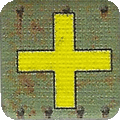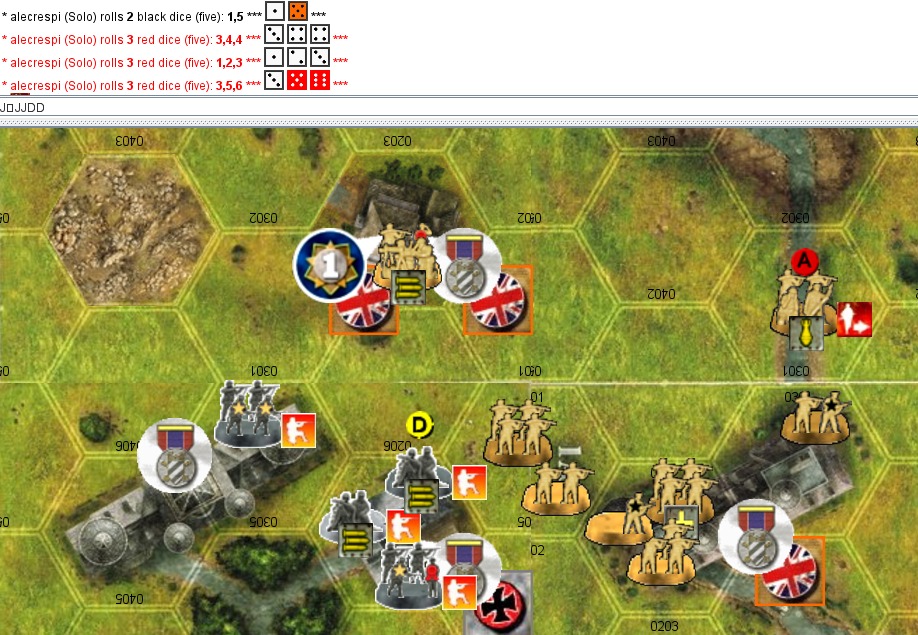The Bridgehead: June 8, 1944
After the 12th SS pushed back the Royal Winnipeg Rifles, the Canadian Scottish Regiment was moved into position for an assault on elements of the 25th and 26th Panzer Grenadier Regiments at Putot-enBessin.
On D-Day, with the Scottish in the lead, the assaulting 7th brigade advanced a total of six miles farther inland than any other assaulting brigade of the British Second Army. - www.canadianscottishregiment.ca
| Canadians | German | |
| 3rd Infantry Division | 12th SS Panzer Division | |
| Division 1 |
The Canadian Scottish Regiment 1x |
25th Panzer Grenadier Regiment 3 Squad Bases - 6 Regular Infantry - 1 Officer - 3 Elite Infantry - 1 Machine Gun Crew |
| Division 2 |
The Canadian Scottish Regiment |
26th Panzer Grenadier Regiment 1x |
| Strategy Decks | Command 1 | Ground Support 1 |
| Starting Strategy Cards | 2 | 2 |
| Operations Cards | - | - |
| Deployment Zone | Any first row on 3A or 7A. | Any first two rows on 11A or 1A. |
| Starting Initiative |  |
|
| Objective |
Control the majority of building hexes (at least 3). or Have the most figures left at the end. |
|
| Rounds | 5 | |
| Actions per turn | 2 | 2 |
| Reinforcements | - | - |
| Special Rules | - | - |

 Medic
Medic




